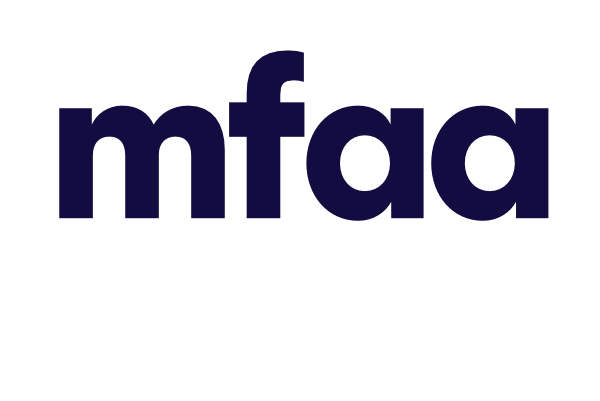

With a growing number of small to medium enterprises (SME) in Australia, chances are you have small business owner clients looking for financing avenues that don’t require a fixed asset like a property for security.
Cash flow financing is a form of financing in which a company’s expected cash flow is used as security against the loan.
Cash flow financing can take different forms for example invoice financing (also referred to as invoice factoring or debtor financing) where the customer receives a loan secured by the future payment of their invoices. There are also unsecured business loans that can help businesses manage their cash flow or grow their business.
As Henry Studdert, Marketing and CX Manager at TrailBlazer Finance explains, “Cash flow funding comes in if you’re hard asset light but cashflow predictable.”
“It’s a great solution for businesses that have reliable, recurring and stable revenue” he added.
According to Henry, the uses for cash flow financing are limitless.
“While not limited to, a lot of our clientele use it to grow their businesses, make strategic acquisitions or consolidate debt”, he said.
Broker Anthony Landahl’s clients are predominantly business owners and business managers. He offers the full breadth of finance options for his clients’ personal and business needs.
“There are two main sorts of areas people might want to use cash flow finance – for working capital requirements, which is essentially to fund the operations of the business, or for growth, which is to fund future opportunities in the business,” he said.
Paul Dubois specialises in commercial transactions for businesses with a turnover of $5-75 million. He says cash flow financing is really for anybody who doesn’t have assets in land or buildings citing manufacturing and import companies as classic examples of cash flow finance candidates.
“They are ‘sticky clients’ who have financing needs three to four times a year,” he said.
Do research – cash flow finance products, lenders and demand are growing
Australian banks are traditionally hard asset, property backed lenders and business owners have often used their family home or personal credit cards to fund their operations, which has created opportunity for other types of lenders to enter the market.
For Anthony, the first step in expanding into cash flow is to do research – on both the types of providers and finance options available as well as scenarios and types of clients these options are appropriate for.
“There’s a lot of opportunity in the commercial space, there’s a lot of innovative products, there’s a lot of new providers in that space now but it’s not something you step into lightly.
“You need to really understand the area, you need to understand the solutions, build relationships with the providers and build a solid foundation before you take it to market,” he said.
There are several ways a broker can expand their understanding of cash flow finance. You can get in contact with their aggregator to understand which small business lenders you have access to. By talking to other small business brokers and attending trade days you can uncover key insights. Business Development Managers at lenders are also a great source information.
Henry, from TrailBlazer Finance, suggests that brokers get in touch with them if they identify professional services clients that are well-suited to cashflow financing. From there they will guide the broker through the nuances of cashflow financing until they’re completely equipped to handle the process themselves.
“We’re effectively paying brokers commission [on approved loans] while we train them, and in doing so, helping them to build out their service offering” he added.
Getting a mentor is another recommendation from Paul for understanding cash flow finance.
“A mentor can guide you through your first couple of loans,” says Paul.
“They may take part of the commission as a fee, but once you know [the process] it’s simple and if in the future you have a really complex loan, like a merger or acquisition, your mentor is there for you and you can do a fee split.”
Look at your existing clients’ needs
Henry, Paul and Anthony all agree that the best place for a broker to start when it comes to identifying potential cash flow finance customers is their existing referral and client base.
Let your referral partners know what you can offer, you might even be able to educate them on the opportunities of cash flow finance for a business.
Look at your database to see which clients run their own business, look at bank statements to identify financing opportunities and have conversations to let them know you’re able to help.
“Don’t be afraid to ask questions. The more ways you can help a client the greater relationship you’ll have with them,” said Paul.
“You don’t know until you look.”
Resources
For more information on understanding cash flow financing and small business lending, the following resources are available free to MFAA members:





You can sign up for free by creating an account. If you are new to the portal, select "Create an account" to register and gain access to a range of free and useful resources.
If you already have an account, simply log in. Once logged in, you can easily apply for membership. If you need assistance, call our support team on 1300 554 817 for assistance.